There’s Levels to This
Did you know May is Mental Health Awareness Month? I’m sure most of you reading this will say “yes” because you saw it posted on social media. But did you know that there are multiple levels of care for mental health treatment? That answer will probably vary. People often do not know or understand the options available for personalized mental health care…and quite frankly, they can be very confusing and similar. The simplest way to think about each level is to consider the severity and intensity of symptoms and the different treatment settings.
When you hear the word “therapy”, you probably think about someone laying on a couch, sharing their feelings to a counselor or therapist. This can happen, but of course, there is more to it. This is called outpatient therapy or counseling. It can look like a one-on-one session, a family session, a couple’s session, a medication management appointment, or a group session. It’s the least restrictive and least severe of the levels, where people attend their appointment times, like any other doctor’s appointment, address goals related to their mental health needs, and then go back to their normal routines.
Intensive Outpatient Programs (IOP) are more restrictive, where individuals attend three to five days a week for 3-4 hours each day. IOPs may require a person meet with a psychiatrist and engage in individual therapy, family therapy, and group therapy sessions. A person may be referred to an IOP when their mental health needs have increased to the point that they need more support than a weekly outpatient therapy appointment.
Partial Hospitalization Programs (PHP) are more restrictive than IOPs because individuals may come in five days a week for 6-8 hours daily over a span of 4-6 weeks. Engagement in a PHP will not allow a person to maintain their typical day time routines, but they do return home at the end of each program day. PHPs may require a person meet with a psychiatrist and engage in individual therapy, family therapy, and group therapy. PHP is helpful when a person is experiencing complex symptoms that do not require residential treatment.
A Psychiatric Residential Treatment Facility (PRTF) or Residential Treatment is an out-of-home therapeutic facility that offers structured care to support a person’s mental health needs 24 hours each day. The length of treatment could be at minimum 30 days. Residential treatment is needed when a controlled environment can help stabilize and reduce the severity of a person’s mental health struggles. Residential treatment typically includes psychiatric care and individual therapy, family therapy, and group therapy.
Inpatient Acute Care provides medical interventions to help stabilize individuals in crisis situations. Individuals may be a harm to themselves, harm to others, or have a potential to harm themselves or others. An individual may be referred to receive an assessment from an acute care facility, where they will determine if that person needs to stay for crisis stabilization or needs another level of care. Acute care occurs in a hospital setting for a period of 24 hours up to one week.
Now, that’s a lot of information to digest, so I get it if that still sounds like gibberish. I found a fantastic visual aid created by BasePoint Academy that may assist you with a better understanding of the levels of care for mental health treatment. If you or someone you know is in crisis or in need of immediate support than please call 911 or 988. If you or someone you know may need ANY level of care for mental health treatment, then please consult with a Pediatrician, Primary Care Physician, Psychiatrist, or Licensed Therapist/Clinician for support in this decision.
